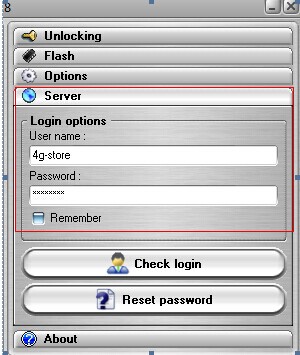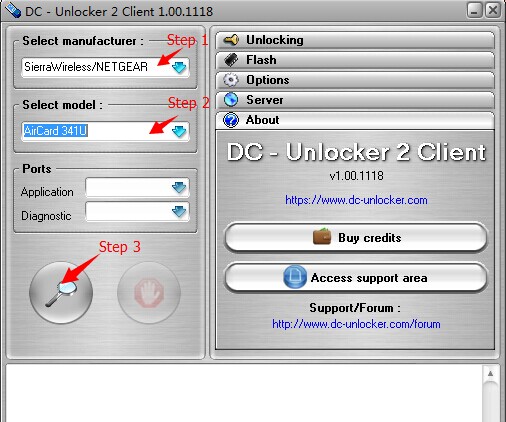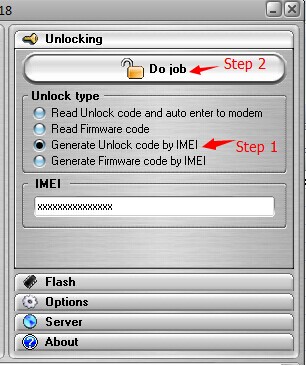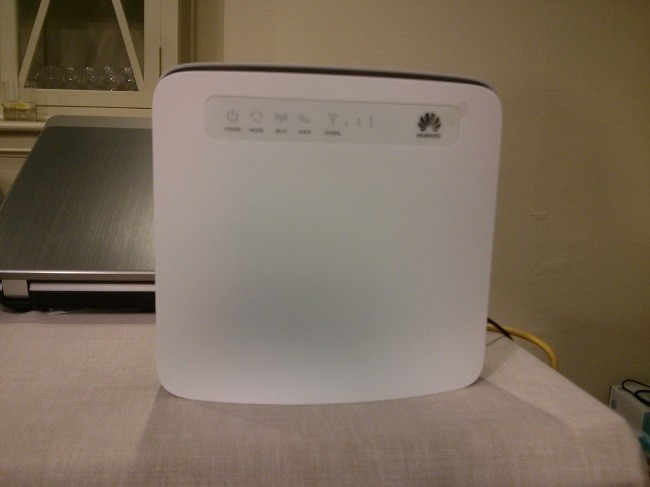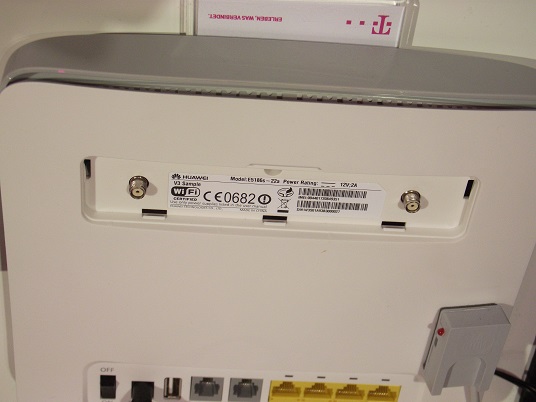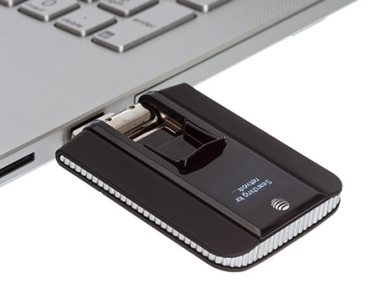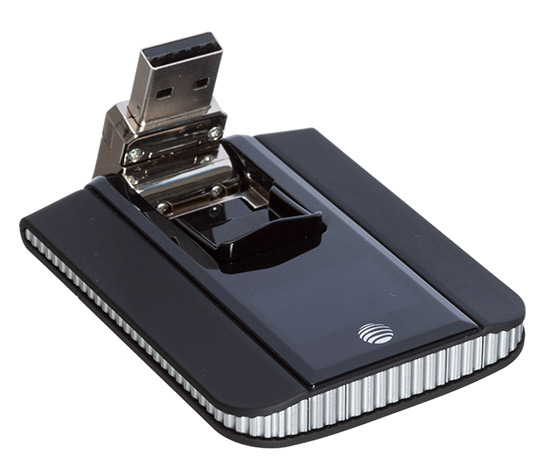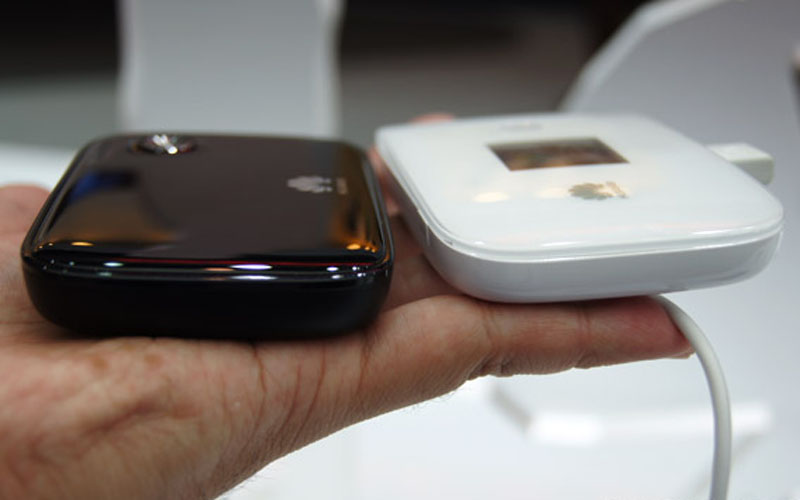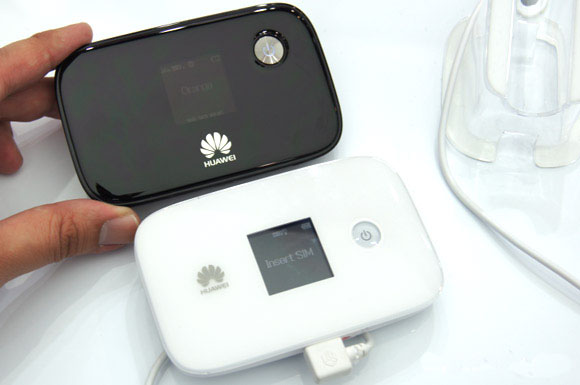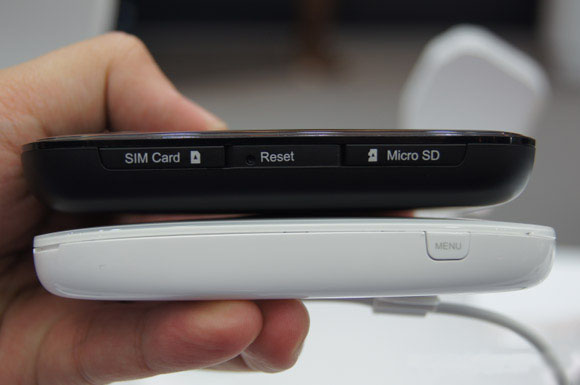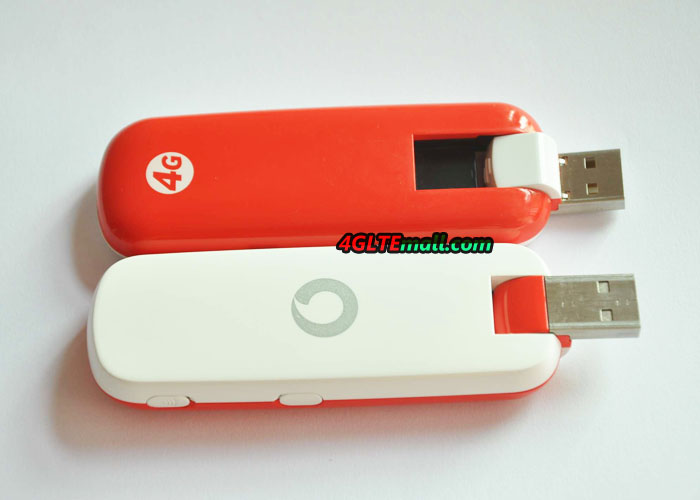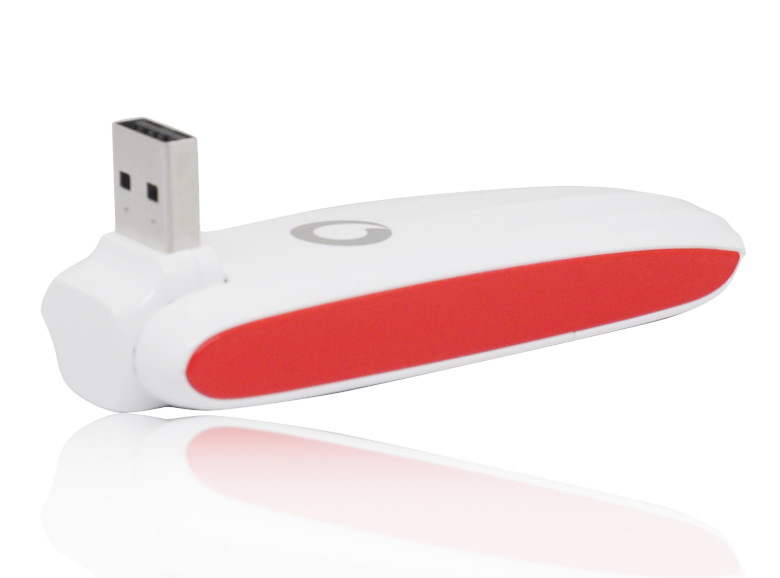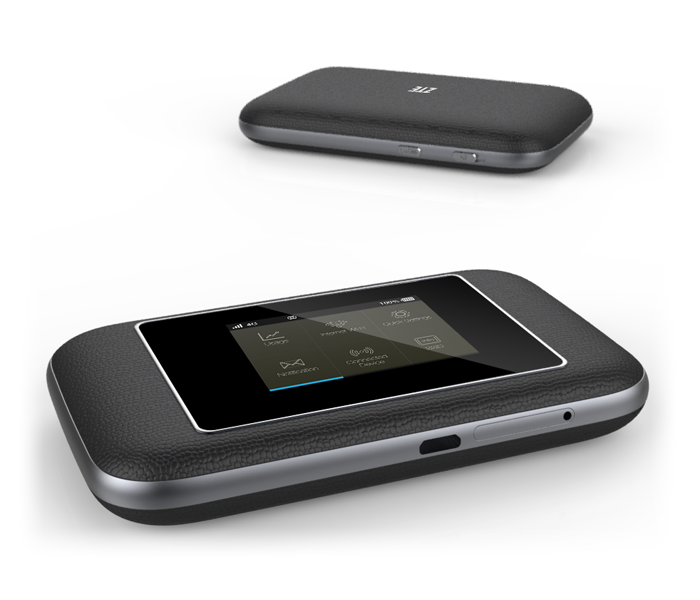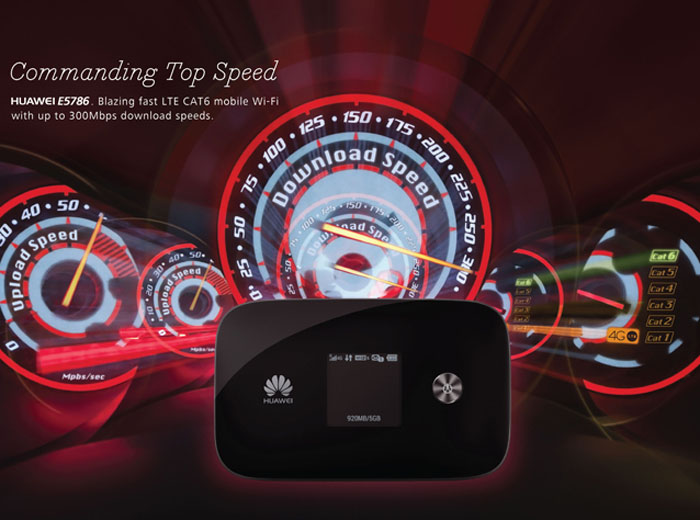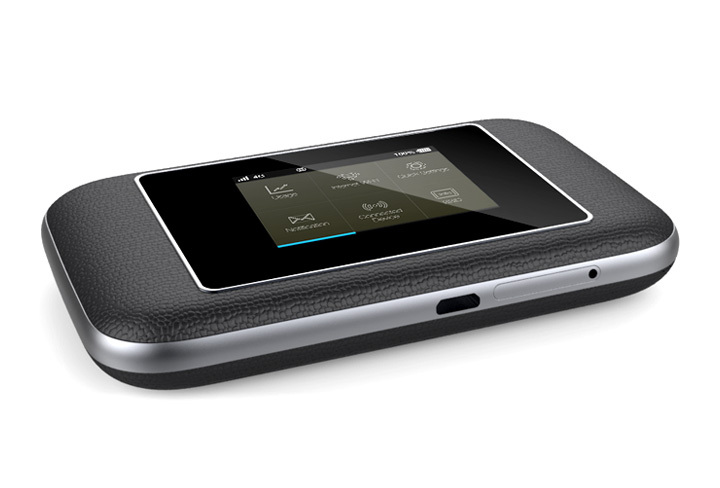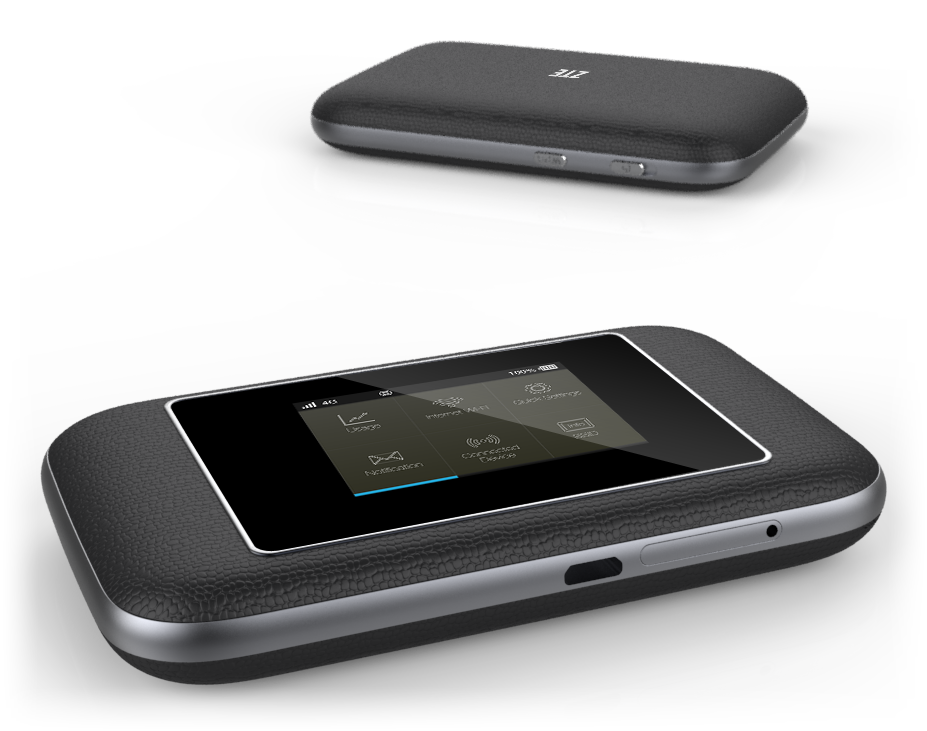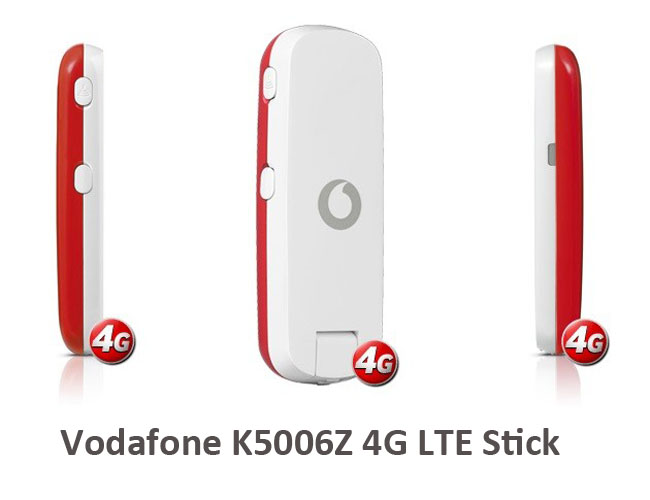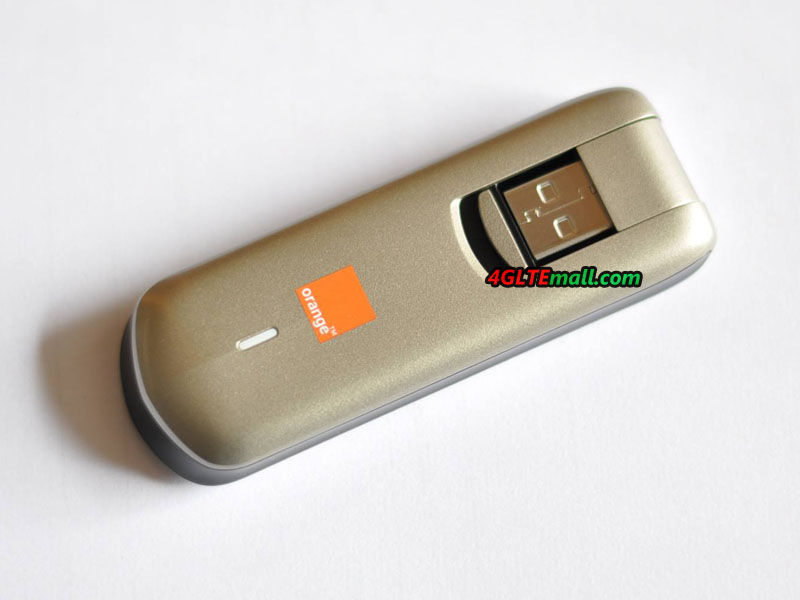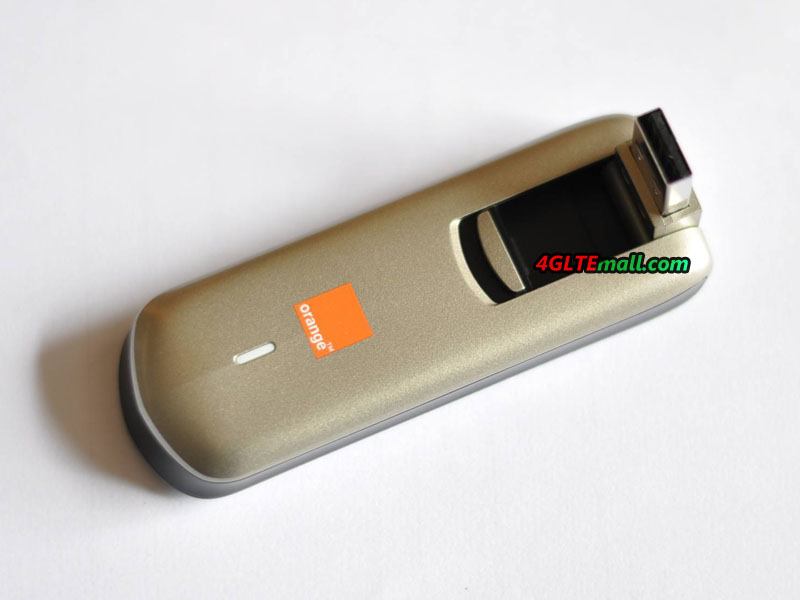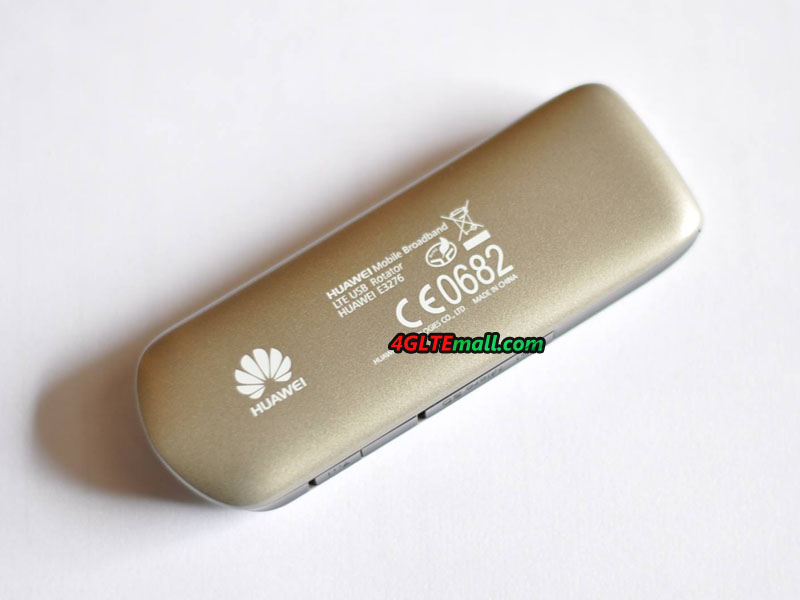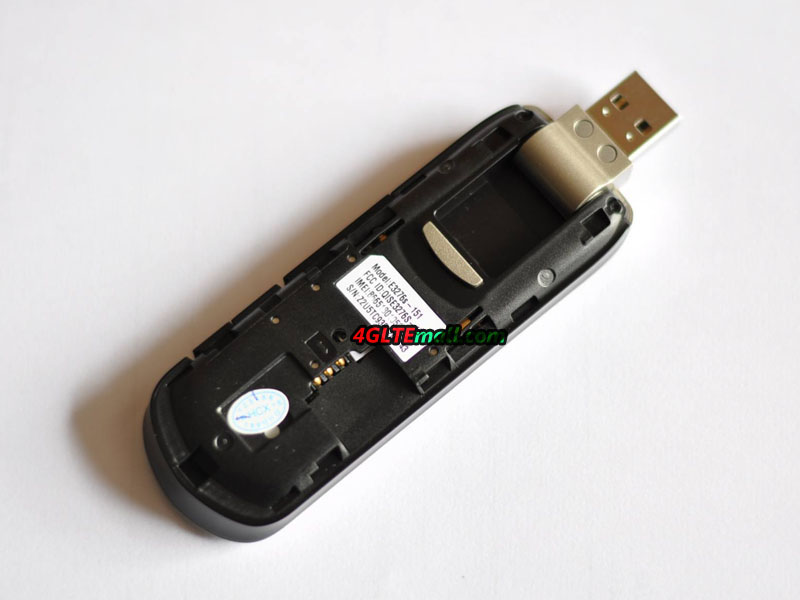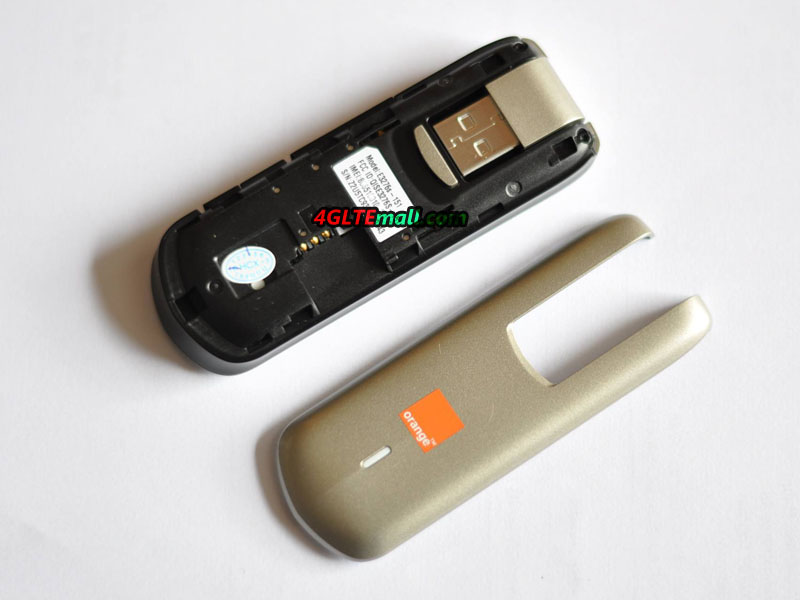The Mini LTE Hotspot Vodafone R210 Mobile Wi-Fi Router can be seen everywhere stationary or mobile use. You can use the R210 Mini hotspot at home as a DSL alternative for multiple devices. The R210 Mobile Wi-Fi LTE Router has integrated a powerful battery. So you can use the R210 Mini mobile hotspot on the road to access internet through smartphone, laptop or tablet via WLAN. The R210 Pocket router is ideal for business trips or holidays.
Vodafone R210 MiFi Specifications:
* No SIM lock or Netlock (Unlocked)
* Manufacturer: Huawei (identical for the Huawei E589u-12)
* Supported network standards:
– 4G: LTE800, LTE1800, LTE2600 to up to 100 Mbit/s
– 3G: UMTS Broadband, with DC-HSPA+ 900/2100 MHz up to 43.2 Mbit/s
– 2G: GSM: Quadband 850/900/1800/1900 MHz, EDGE support
* Download speed: up to 100 Mbit/s
* Upload speed: up to 50 Mbit/s
* Wi-Fi b/g/n up to 30 Mbit/s with encryption: WEP, WPA, WPA2
* Button for WPS encryption on the mini router
* WLAN supports up to 5 mobile devices
* TFT screen display for the battery charge status, the reception strength and connection technology.
* Antenna connector for external antenna TS-9 (Buy Vodafone R210 Antenna)
* Micro USB connection – only usable as a power supply
* Micro-SD memory card slot: The internal memory is expandable with an SD memory card to 32GB.
* App for iPhone or Android for operating the Vodafone R210 Mobile available
* Battery: 3300mAh permanently installed for up to 4 hours continuous operation
* Housing: Plastic
* Dimensions: H 113 x W 62 x D 13.5 mm
* Weight: 140 grams
* Color: black
The Configuration of Vodafone R210 Mobile WiFi Hotspot is very simple.
Step 1: Plug the SIM card to R210 and then turn on the mini router. The MiFi Router can operate with SIM cards of all LTE providers in Europe. Usually, the R210 Router would automatically read the operators’ information and get connected with wireless network. After LTE connection is made, user can log in the web management page to setup the WiFi key, SSID and other parameters if necessary. For all other simcards from LTE provider, you just need log in the Web page to create a new connection profile with the APN of the existing LTE provider.
Step 2: Computer, laptop or smartphone can connect to the R210 Mobile via WLAN. Wi-Fi password is on the back of the mini router.
Step 3: Visit website 192.168.1.1 and you can manage the settings of Vodafone R210. Vodafone Mobile Wifi could be monitored in iPhone, iPad or Android by the “Vodafone Mobile Wifi Monitor”. It’s a useful APP with the obtained information on battery status, power and signal strength and consumed data volume.
Conclusion:
The R210 Mobile is easy to use with the APP Vodafone Mobile Wifi monitor. The battery has enough power sufficient to normal daily use. Up to 4 hours working time is enough for outdoor use. The R210 MiFi supports web standards EDGE, UMTS, HSPA+ and LTE. The mini router automatically logs itself always in the fastest network available. With changing in 2G, 3G and 4G reception, we were able to test extensively at a car on the A8 motorway, we have found no problems and no download aborts. The little mini Hotspot is absolutely practical especially on vacation. You can then save expensive fees for the use of WLAN in the hotel. The Vodafone Mini Router R210 is highly recommended. Through WiFi, the maximum connection speed is limited to the LTE network to 30 Mbit/s which is also confirmed in our speed test. This is sufficient for most LTE users.
